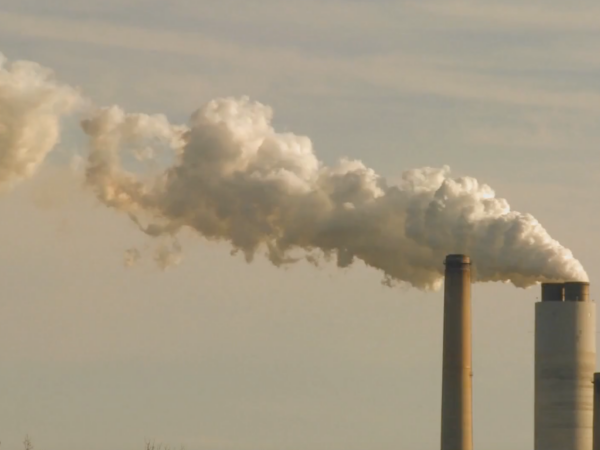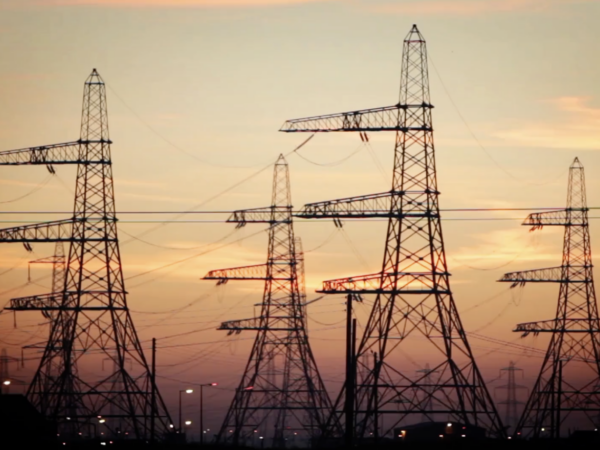
Keep up with energy-related developments in the Great Lakes area with Great Lakes Now’s biweekly headline roundup.
In this edition: Indiana residents are worried about insufficient measures being taken to address pollution during coal ash pond closure; Yale University study could help Ohio homeowners connect water contamination to shale gas and coal industry; Ohio EPA approves Athens County mine despite protests; Supreme Court ruling adopts new standard for Clean Water Act; and states and municipalities might not have the resources to make up for the federal government backing down on enforcement.
Click on the headline to read the full story:
Indiana
- NW Indiana Communities Want NIPSCO to Do More Than Minimum During Coal Ash Pond Closure – Indiana Environmental Reporter
Residents in La Porte, Jasper Counties worry Michigan City Generating Station coal ash pond closure plan will not remove decades’ worth of pollution and associated health risks.
Ohio
- Yale research looks to understand impact of shale, coal industry on Ohio groundwater – Energy News Network
A team of researchers from Yale University are sampling hundreds of wells in Ohio’s Belmont and Monroe counties, on the border with West Virginia, to determine the impacts of shale fracking and coal mining on groundwater. The results of the study could help farmers and homeowners seek damages for potential pollution to their water, while more broadly assisting lawmakers, environmental and industry regulators with up-to-date information.
- Ohio EPA OKs north-county surface mine despite protests – The Athens News
The Ohio EPA on Monday issued a final wastewater discharge permit to CCU Coal and Construction’s proposed surface coal mine near Johnson Run in northern Athens County, in spite of strong environmental protests that have been lodged against the project over the past three years.
National
- Supreme Court ruling puts greater scrutiny on power plant waste – Bloomberg Law
In a 6-3 decision, the Supreme Court ruled that pollution sources such as wastewater treatment or power plants will still be required to seek a Clean Water Act permit if said pollution ends up in federally regulated waterways through an indirect route. The Trump administration and lawyers representing corporate interests argued that indirect pollution goes beyond the scope of the Clean Water Act, an argument rejected by the Supreme Court by pointing out the potential for a massive loophole to form in environmental regulations if they ruled opposite.
The court’s ruling will also apply to coal ash, a byproduct of coal mining that contains heavy metals like arsenic and mercury which can pose a threat to public health. Dozens of coal ash dumps currently rest at power plant sites on Great Lakes coastlines and throughout states like Michigan and Ohio.
- As EPA backs off enforcement, states and cities have little capacity to fill gap – Energy News Network
Since the Trump administration announced the suspension of much environmental enforcement during the coronavirus pandemic, advocates are calling on state and local regulators, as well as watchdog groups, to step up their efforts to fill the gap.
But that won’t be easy, whether in a Democratic-controlled state like Illinois or a Republican one like Indiana, given the impacts of the pandemic and past staffing and budget cuts that have curbed the ability of states to carry out enforcement.
Catch up with more Great Lakes energy headlines:
Great Lakes Energy News Roundup: Toxic coal ash, utility company water withdrawal, Line 5
Great Lakes Energy News Roundup: COVID-19 impacting utilities everywhere and across industries
Featured image: A pair of kayakers paddle down the Middle Fork of the Vermilion River. Environmental groups have for years warned that erosion of the banks separating the river from coal ash could put the river at risk. Photo from Eco-Justice Collaborative through Flickr.




